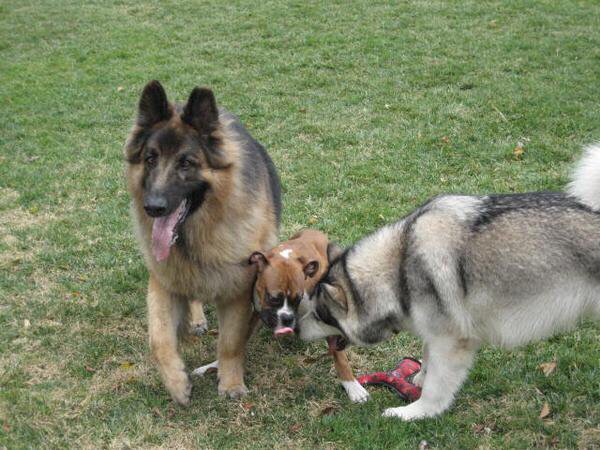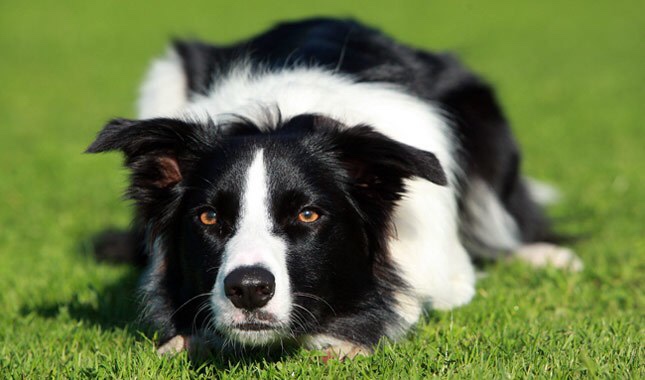Besides the obvious reasons of having a well-mannered, short, furry member of your family – Do you know why it’s a good idea that every single doggy household should go through some training?

Brain Plasticity is the ability for the brain to modify it’s connections and rewire itself.
This is what learning and re-learning is. This is the entire basis of what I do. I can take dogs who have learned to behave, act and react in one way and I am able to rewire the brain to think, react, and act a completely different way – while leaving the personality completely in tact.
Whether or not they have behavioral issues, we all run into hurdles, stumbles and naughty puppies somewhere along the line. But because they may act a certain way, doesn’t mean that they need to be labeled or expected to stay that way forever. This is why I specialize in correcting severe behaviors and all forms of aggression, and have been able to fix what others have said could never be.
Our dogs have thoughts, personalities, emotions, and reactions just like us, and they get bored just like our children do – heck adults still get bored too. As puppies their minds and bodies are growing, learning, shaping and becoming who they will be through exploring the world around them. Training brings a change of pace, has them guessing and striving to do things for you because it’s fun and rewarding! It’s very stimulating to do any kind of training with your dog. Whether it be Obedience, Agility, Assistance / Service Dog work, Rally or any other forms of dog sports and activities.
Training is stimulating to your dog, no matter their age, they enjoy learning new things or practicing well-known skills. When you work with your dog on obedience or tricks or agility – whatever it is, you are working out their brain muscles. Just like children in school, stimulating the brain to function is good for their health, and makes them tired too! And a tired puppy is a GOOD puppy! Thinking and working for treats and toys is mentally exhausting for them in a good way. Do let them take frequent naps in order for their new learning to settle in, and their bodies to unwind.
When you’re training with your dog, you’re spending quality time with them each day where the two of you are having fun, communicating with one another and bonding. It should be fun for the both of you, where you continue to improve, progress and over time, work together as a stronger team. All of which makes your life with your dog that much more enjoyable.
Something to remember: Regularly working with your dog is good for your health. Interacting with your dog has been proven to release endorphins in both species, and we biologically respond to one another the same way parents do with their children. Also? Patients who are recovering from illnesses or surgeries recover faster when they have a dog present, their own dog even faster.
In Short, It’s all around good for everyone!
Published by Amy Noble on 8/28/19
Amy is an Animal Behaviorist and Dog Trainer in Monterey, Ca, with over Thirty years of experience and active knowledge working with animals. Amy’s love for every dog, cat, horse, rabbit, human (and more!) that she trains truly shows in her work and dedication.



